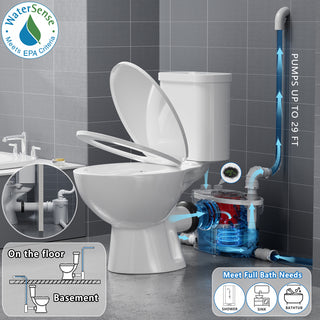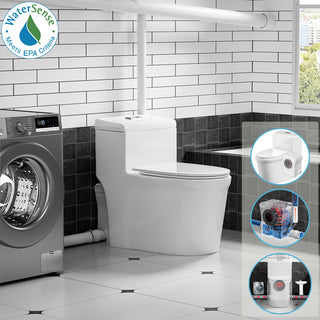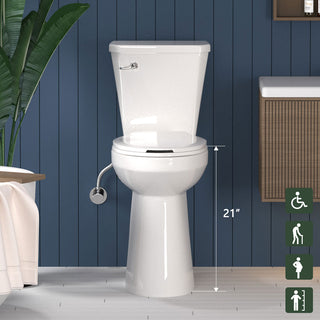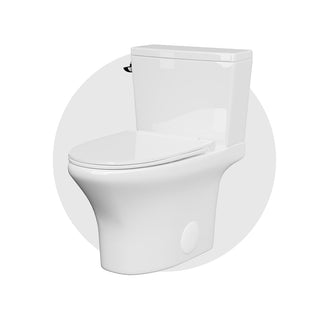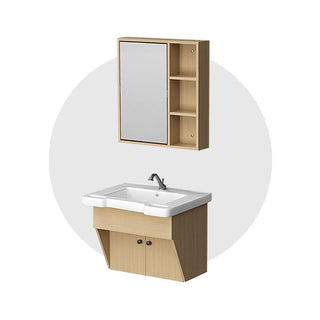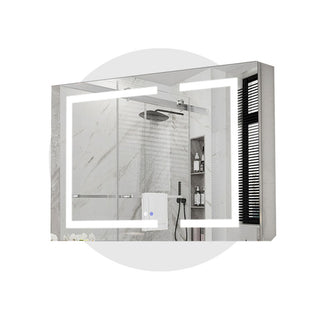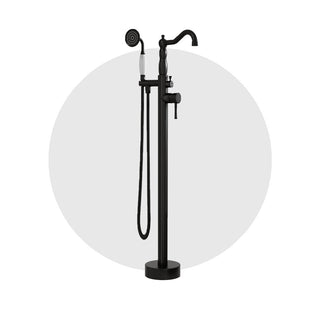In daily life, many people ignore the posture when going to the toilet, but this small detail silently affects our health. Proper bowel posture is not only about personal local hygiene, it's key to maintaining digestive health. Today, let's talk about how you can improve your bowel health by adjusting your sitting posture and learn what toilet choice might be a better option.

1. Why proper toileting posture is critical
The relationship between rectal angle and constipation:
Most modern toileting postures involve sitting, which can lead to an unnatural rectal angle, making bowel movements more difficult. Compared to the natural squatting position, sitting makes the rectum angle more “twisted”, which is not conducive to bowel movement.
Effects of chronic poor posture:
Prolonged improper posture may lead to constipation, hemorrhoids, intestinal blockage and other problems. In more serious cases, the pelvic floor muscles may be affected, and even lead to urinary incontinence and other health problems. Help me to translate it to be correct, professional and easy to understand.
2.Correct bowel movements
1. Squatting: Squatting is the most natural bowel movement position because the knees are higher than the hips while squatting, which helps the bowels pass stools smoothly. On a squatting toilet, your feet should be on two pedals with your knees higher than your hips, which creates a downward angle for your bowel to pass stool.
2. Sitting posture: When using a sit-down toilet, you need to sit up straight with your feet flat on the floor and your knees at the same level as your hips. Avoid crossing your legs or sticking them up, as this may interfere with defecation.
3. Use of aids: For some special people, such as the elderly or people with mobility problems, the use of footstools or squatting chairs can help them to maintain a correct bowel movement. The footstool can be placed in front of the toilet so that the feet have a point of support, thus simulating the effect of squatting defecation.

4.How to choose the right toilet?
Toilet posture is very important, but choosing the right toilet height is crucial to maintaining toilet health. Regular toilet heights are typically 16 to 17 inches, while taller toilets are usually between 17 and 19 inches. Tall toilets are designed to provide a more natural sitting position, reducing pressure on the knees and thighs, and are particularly suitable for people with joint problems. Taller toilets make it easier to adjust posture and reduce pressure on the abdomen and rectum. Some tall toilets also come with ergonomically designed seats that provide more support and reduce pressure on the hips and legs.

Going to the toilet is not just a physiological need, it is also a part of our daily life. By adjusting the correct toilet posture, it can not only help us prevent various intestinal problems, but also improve the quality of life. Choose a suitable toilet and care for your intestinal health, starting from small details.


